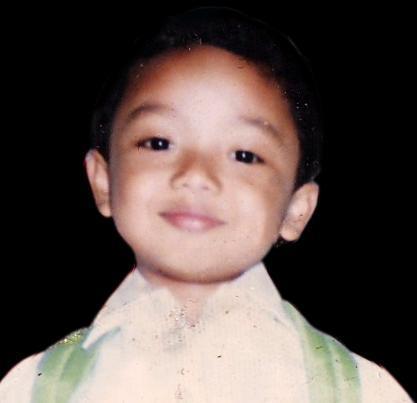CHANGE begins now
Team RP
MANY people dismiss the strength of a youth vote. In the last three elections (2001, 2004 and 2007), the youth have constituted a bulk of the votes, enough to make a candidate win, but these votes were dispersed. Pundits say that because the youth's voting patterns can't be classified as much as other demographics, a so-called youth vote does not exist.
But the youth definitely has an agenda to pursue. In 2005, the National Youth Commission (NYC) reported that across regions, education, employment and health ranked as the top three survival and developmental issues of which the youth were most concerned. Substance abuse, juvenile delinquency and child abuse were also cited as the top protection issues and governance (national, local and in the Sangguniang Kabataan), youth involvement and access to information as the top participation issues. So how can a demographic with a concrete agenda and shared aspiration not constitute a powerful voting bloc?
In the last 2004 presidential elections, around 13 million voters were within the 18- to 24-year-old bracket and almost five million of them were first-time voters. Unfortunately, roughly two million more failed to register. In the same year, the President won with only one million votes more than her closest opponent. Had the two million youth voters registered and voted, it could have tipped the scale. In fact, the youth comprised a third of the overall voting population in 2004 and had they rallied behind a single candidate, who embodied their aspirations, that candidate could have won with at least 15 million votes.
Now, in 22 months, over 50 percent of the voting population would be young Filipinos aged 18 to 35, enough Filipinos to change the course of our future; enough Filipinos to advance the cause for the common good; enough Filipinos to invest in our country's future; enough Filipinos to say "enough."
Come 2010, we will not just be the future of the nation — we would be the nation. We would be empowered to effect the change we have been wishing for and with our collective aspirations we could become the catalyst our country needs.
Realizing this potential, we at Team RP are launching the IamChange2010 campaign, a voter registration and education drive that fuses the hippest in today's youth culture with a compelling social message. Beginning August 2008, the Commission on Elections will open the voter registration season, and we want to make sure we, the youth will make a difference. And we need your support. Every week, the IamChange2010 blog will feature an entry that reflects our collective aspirations, first-time voter experiences and practical tips on voter registration. So if you have something worthwhile to share, please send it to team.rp.official@gmail.com.
There is a youth vote. But it will need you. Change will happen now, if change will begin with everyone. Get involved. Share your views. Listen. Participate. Because having a better country is not just a dream. It's our duty.
IamChange2010 is a joint project of the Ateneo de Manila School of Government and Team RP. It aims to get the young Filipinos to register and vote in the coming 2010 Presidential elections and educate them on various issues concerning elections. For inquiries, you may also contact Kai at (02) 426-5657.


0 Comments:
Post a Comment
<< Home